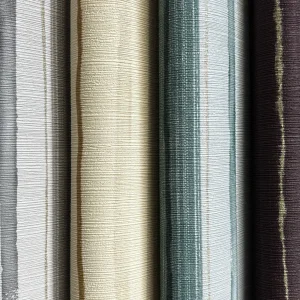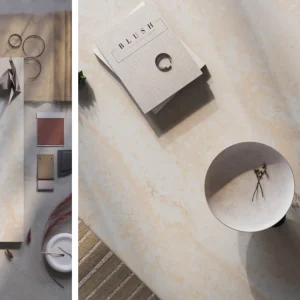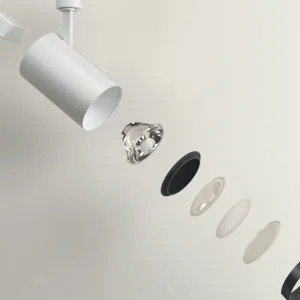Set to be the tallest building in Calgary and second largest building in Canada once complete, the project will span over a floor area of 3,250 square metres. The tower is designed like a bow to maximise perimeter office space, while also taking into account wind direction and floor layout for energy consumption. Designed by London-based Foster+Partners architectural practice, the building’s arched shape provides panoramic views of the Bow River Valley, the Bow River and the Rocky Mountains.
The Bow includes amenities such as indoor sky gardens, complementary retail businesses, and vibrant cultural venues. Retail lobby space will occupy two levels of the 59-storey and 247 metres-high tower. The project also creates a public outdoor space in the centre of Calgary. Three skygardens divide the building into distinct zones. They form a series of destination floors with lobby areas, meeting rooms, communal spaces and a high-speed lift service running between the lobbies.
A notable element of the Bow is the unique diagrid lateral system. This diagrid system of the building consists of a perimeter diagonal grid composed of six-storey high diagonal elements across the north and south elevations. The diagrids are linked to each other through rigid link beams at each tip of the bow. Both diagrids are curved to match the bow shape of the building. The north elevation diagrid is expressed along the glazed perimeter of the building hidden behind the exterior cladding of the building through drywall construction within the office space. The southern diagrid is offset from the building floor diaphragms by a full height exposed atrium or plenum.
The composite gravity system not only blends into the sustainable features of the tower including the southern elevation, full building height atrium space and three separate sky gardens, but also addresses the curvature of the building exterior. The building floor framing consists of structural steel beams with concrete on steel deck and composite slabs. The gravity columns of the tower are structural steel. The floor framing accommodated mechanical and electrical systems by utilising a raised floor horizontal plenum to permit an even distribution of air and heat transfer between the raised floor and structural floor without interference. The structural depth took into account raised floor and the depth of overhead lighting and fire protection that enabled the overall floor-to-floor height to be kept to a minimum, and lower than normal for composite floor system construction.
The design of the tower is considered to have pushed the limits of sustainable ideas. The curving bow shape reduce the wind loads as compared to a rectangular building, reducing the required amount of structural steel. Extensive studies were also done to position the building in order to maximise sunlight within the office space. The interior curvature of the tower was used like a bowl to capture sunlight. The atrium or plenum type buffer zone is designed to absorb the heat from daily sunlight and used to partially warm the building much longer than conventional buildings.
The Bow also features one of the world’s largest installations of full-height, demountable wall products from Teknion Altos, which if demounted, would extend about 32km. Altos can be easily moved with the wall fascias to meet changing functional or aesthetic requirements.
The design for the Bow project began in January 2006, with construction on the tower started in mid-2007. The building is scheduled for completion in late 2011.





